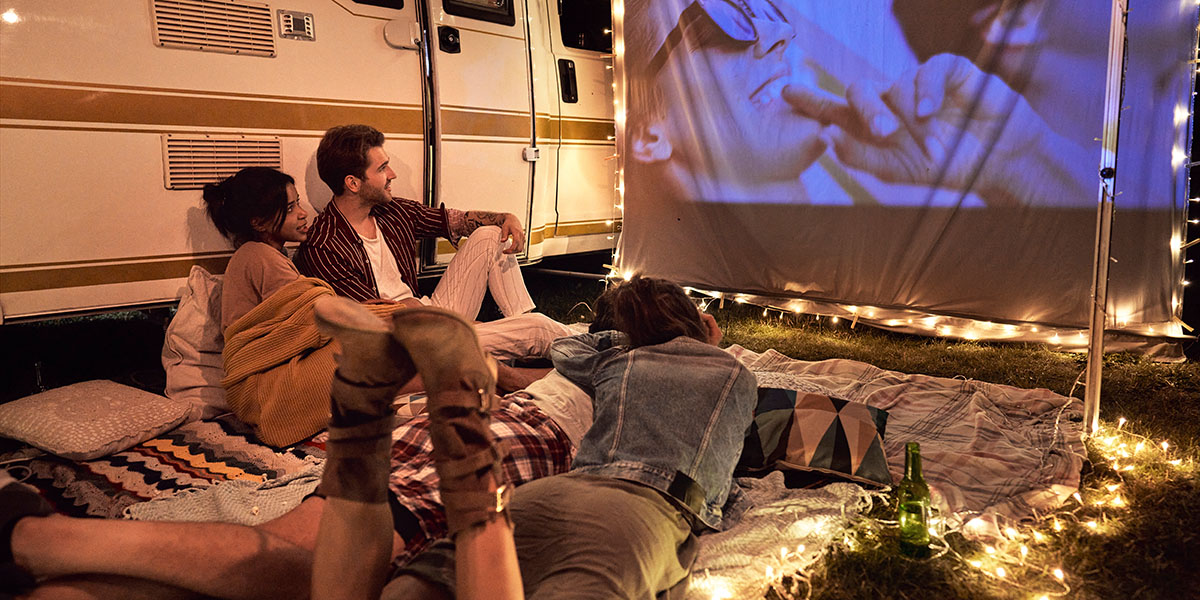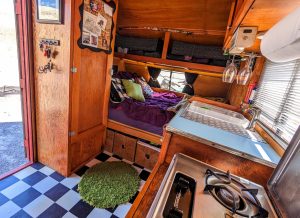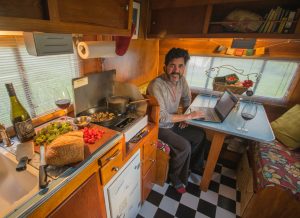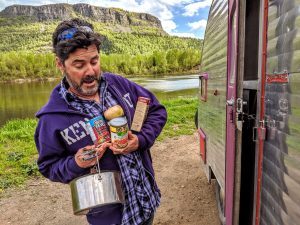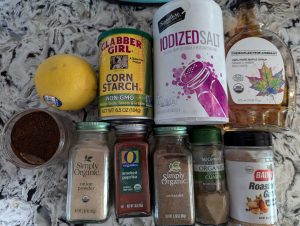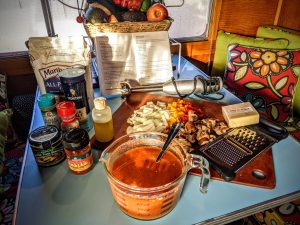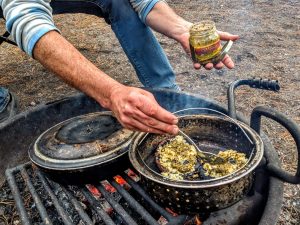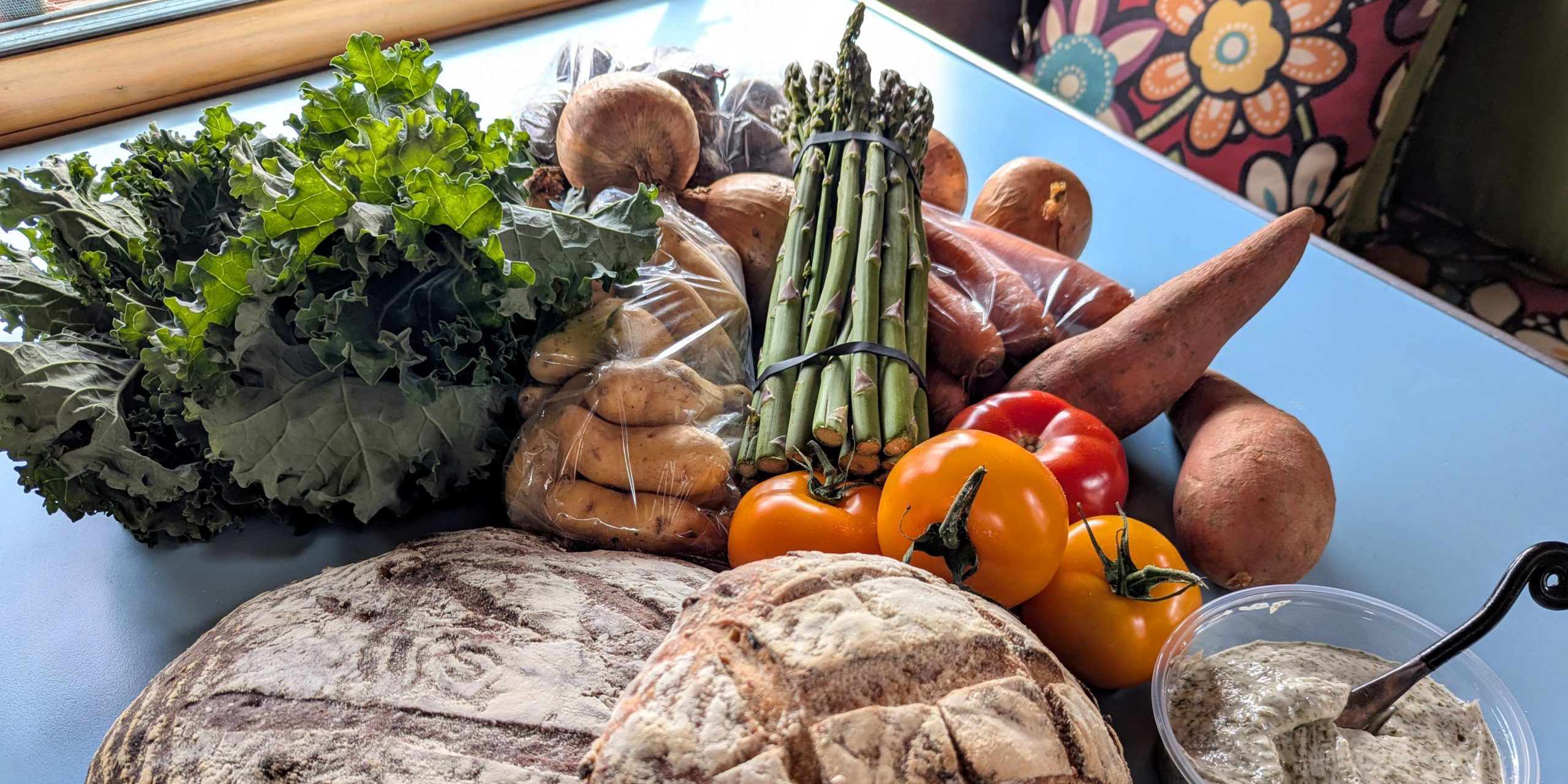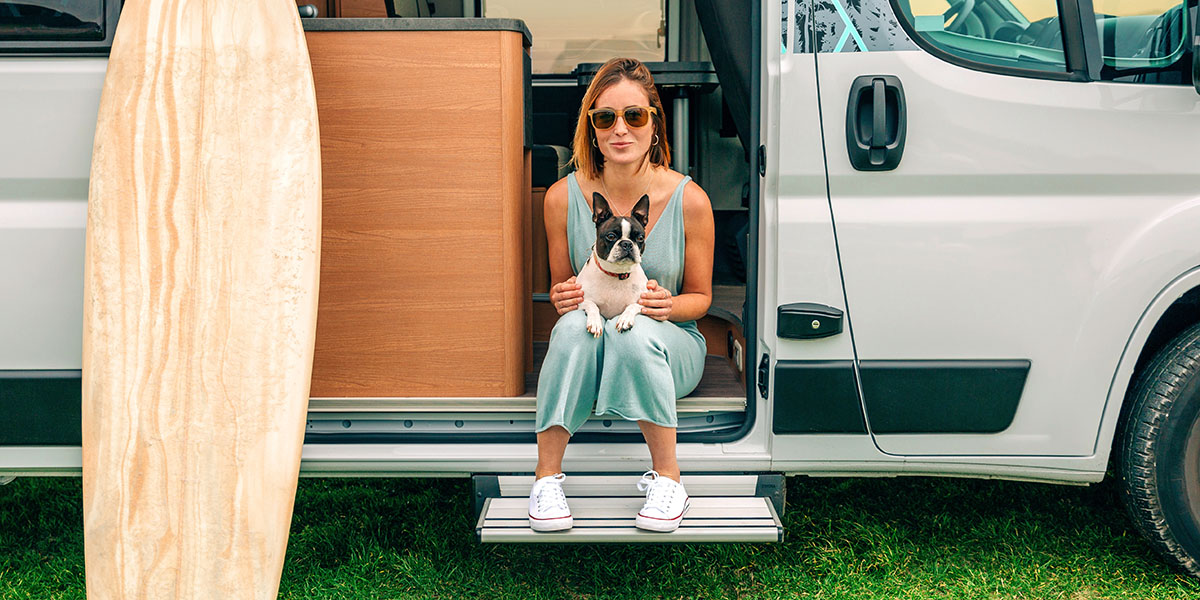When the sun finally dips and the crickets kick in the summer’s subtle soundtrack, the right flick can make for an unforgettable night. And we’re not afraid to declare what we think the best outdoor movies are. These films just hit different when the air’s warm and the night feels infinite — especially in the late summer when the heat is starting to taper off.
These movies don’t just happen during summer — they’re about the essence of it. Freedom. Firsts. Escapes. Longing. The subtle sparkle that something magical might happen before sunrise. This list names the best outdoor movies that blend nostalgia, romance, rebellion, and a little danger — all wrapped in figurative celluloid that somehow still smells like sunscreen and sounds like cicadas.
So, set up that outdoor theater, and get your blankets and popcorn ready! These are the best outdoor movies to watch on an RV trip — no matter how you’re feeling.
For When You’re Feeling Nostalgic
Stand by Me
Adapted from Stephen King’s novella, Rob Reiner’s classic captures the fleeting, bright burn of preteen friendship. The 1950s setting, small-town boredom, and the kids’ dirt-road odyssey in search of a body — it’s a metaphor for crossing the invisible bridge between innocence and adulthood. Throw in a killer soundtrack, and you’ve got a film that scratches all the right summer itches.
The Sandlot
Endless summer days. The perfect thwack of ball hitting bat. That one terrifying neighbor behind the fence. This one leans hard into Americana and boyhood mythology, but does it with so much heart you can’t help but fall for it. It’s about baseball, sure. But you’ll watch it for the kind of memories that get a little shinier with every passing year.
The Goonies
What’s more summer than a ragtag crew of kids chasing buried treasure? This Spielberg-produced adventure is packed with booby traps, pirate ships, and one-eyed villains — but at its core, it’s about friendship, courage, and holding on to childhood just a little bit longer.
For the Hopeless Romantics
Dirty Dancing
What starts as a fish-out-of-water teen vacation quickly turns into a rebellious love story set to the rhythm of summer nights. Beneath the dance-y montages and iconic one-liners is a story about class, agency, and transformation. Plus, it’s practically impossible to watch without shimmying in your summery seat.
10 Things I Hate About You
A Shakespearean rom-com set in late-’90s suburbia with a Bard-worthy swagger. Pre-Joker Heath Ledger’s breakout performance, a rooftop serenade, and that iconic paintball date—all wrapped in sharp dialogue and an angsty soundtrack that brought chick rock to pop radio. It’s funny, and Ledger and Julia Stiles were deeply swoon-worthy.
For the Ultimate Summer Vibes
Moonrise Kingdom
Wes Anderson’s hyper-stylized take on young love and misfit identity is drenched in vintage tones and framed like a storybook. The film walks a fine line between absurdity and sincerity, but always lands on surprise and almost-dainty delight. It’s about escaping the world to create your own — something all good summers help you do.
Adventureland
A low-key gem that uses a rundown amusement park as the staging ground for heartbreak, growing pains, and unexpected self-discovery. Stars Bill Hader, Jesse Eisenberg, Kristen Stewart, Ryan Reynolds, and Kristen Wiig were never more in their comedy sweet spot as they were here, packing more character study than rom-com. Add a killer ‘80s soundtrack, and the film hits a post-college slacker vibe right on the nose.
For Laughs Around the Campfire
Dazed and Confused
Richard Linklater’s rambling hangout film doesn’t follow a traditional story arc — it just lives in the aura of a Texas town on the last day of school in 1976. The characters are loose, the dialogue is real, and the whole thing hums with the electric sense of possibility that only comes with being young and free.
Clueless
OK, it’s technically set during the school year, but Clueless is dripping with warm-weather energy. The fashion, the friendships, the romantic misfires — this Jane Austen riff presents itself as breezy, but has a hidden bite. It’s still one of the sharpest teen comedies ever made, and it holds up beautifully.
For a Thrill in the Warm Night Air
Jaws
Steven Spielberg basically invented the summer blockbuster with this one. It’s tense, tightly edited, and surprisingly patient with its sharky scares. Watch it outside near a body of water if you dare — just be ready when that soundtrack kicks in.
The Lost Boys
Equal parts horror flick and glam rock music video, this vampire tale turns a sleepy California beach town into the coolest undead hangout ever. It’s campy, stylish, and weirdly poignant — a perfect pick for anyone who likes their summer nights with a little bite.
Rear Window
A slow-burn psychological thriller that simmers under the heat of a summer heatwave. Hitchcock uses the limited space of a single apartment to build world-class tension, making us voyeurs alongside James Stewart’s character as suspicion grows across the courtyard. Masterful and endlessly rewatchable.
For Watching with the Kids (or the Kids at Heart)
Lilo & Stitch
Underneath the alien hijinks and Elvis Presley needle drops is a heartfelt story about family that hits deeper than most adult dramas. The Hawaiian setting gives it all the tropical vibes you could ask for, and the sibling dynamic feels especially grounded. Ohana means go grab some shaved ice and settle in.
The Parent Trap
The Lindsay Lohan version is its own classic, but the original has an undeniable retro charm. Both explore identity and the power of family reunions in wildly implausible but thoroughly entertaining ways. Either makes for a perfect summer rewatch with the next generation.
My Girl
This tearjerker of the highest order belongs in any list of best summer movies. It pulls its emotional content out of smart, funny dialogue, and packs in more honest storytelling than just about any grown-up film. The story unfolds in small, tender moments, and Anna Chlumsky’s performance is all heart. Just have the tissues ready.
Bonus Pick: The Ultimate Drive-In Double Feature
Back to the Future + Grease
Time travel and summer love — two very different films, both perfect for a double feature under the stars. Back to the Future is a whip-smart sci-fi ride with more heart than it gets credit for, and Grease is pure joy with a side of musical swagger. Together, they paint the perfect summer scene and just might be the two best outdoor movies to watch in tandem.
